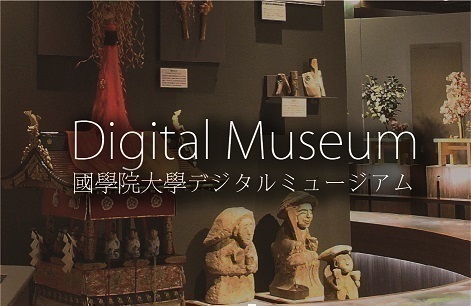Encyclopedia of Shinto
| Main Menu: | |
| Links: |
詳細表示 (Complete Article)
| カテゴリー1: | 3. Institutions and Administrative Practices |
|---|---|
| カテゴリー2: | Officiants |
| Title | Negi |
| Text | One comprehensive term for shrine priests (shinshoku). In the ancient system, it was the position below kannushi. The origin of the word (negu) is related to the idea of comforting the hearts of the kami and praying for their protection; it indicates someone who petitions the kami in ritual (kishō), or someone primarily involved in ritual. The first mention of negi as a type of priest appears in Shoku Nihongi in the record of the seventh month of 730, referring to two negi at Ise Jingū. Legendary accounts in the Kōtai jingū gishikichō suggest that negi existed as early as the reign of Emperor Suinin, but academic opinion puts the origin after Tenmu's reign. Negi at the Ise Shrines are specified in Engi dai jingū shiki as one each at the Inner and Outer Shrines, but gradually the number increased. Nisho daijingū reibun, a record from the tenth month of 1304, shows that there were ten negi at each of the shrines at Ise. In addition to Ise, other shrines also had negi as the title for the head priest, specifically, the upper and lower Kamo shrines (now called Kamo Mioya Jinja and Kamo Wakeikazuchi Jinja), Matsuosha, now called Matsuo Taisha, Hiesha, now called Hiyoshi Taisha, and Hiranosha, now called Hirano Jinja. The title ōnegi was used at the Katori and Kashima shrines. After the Meiji Restoration, negi were appointed at the Grand Shrines of Ise and National and Imperial shrines (kankoku heisha), and after the war negi could be appointed at all shrines. — Nishimuta Takao |




